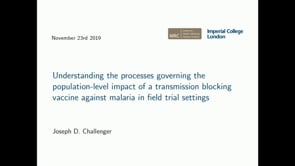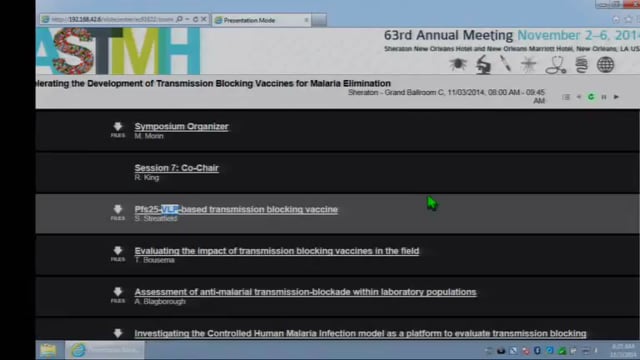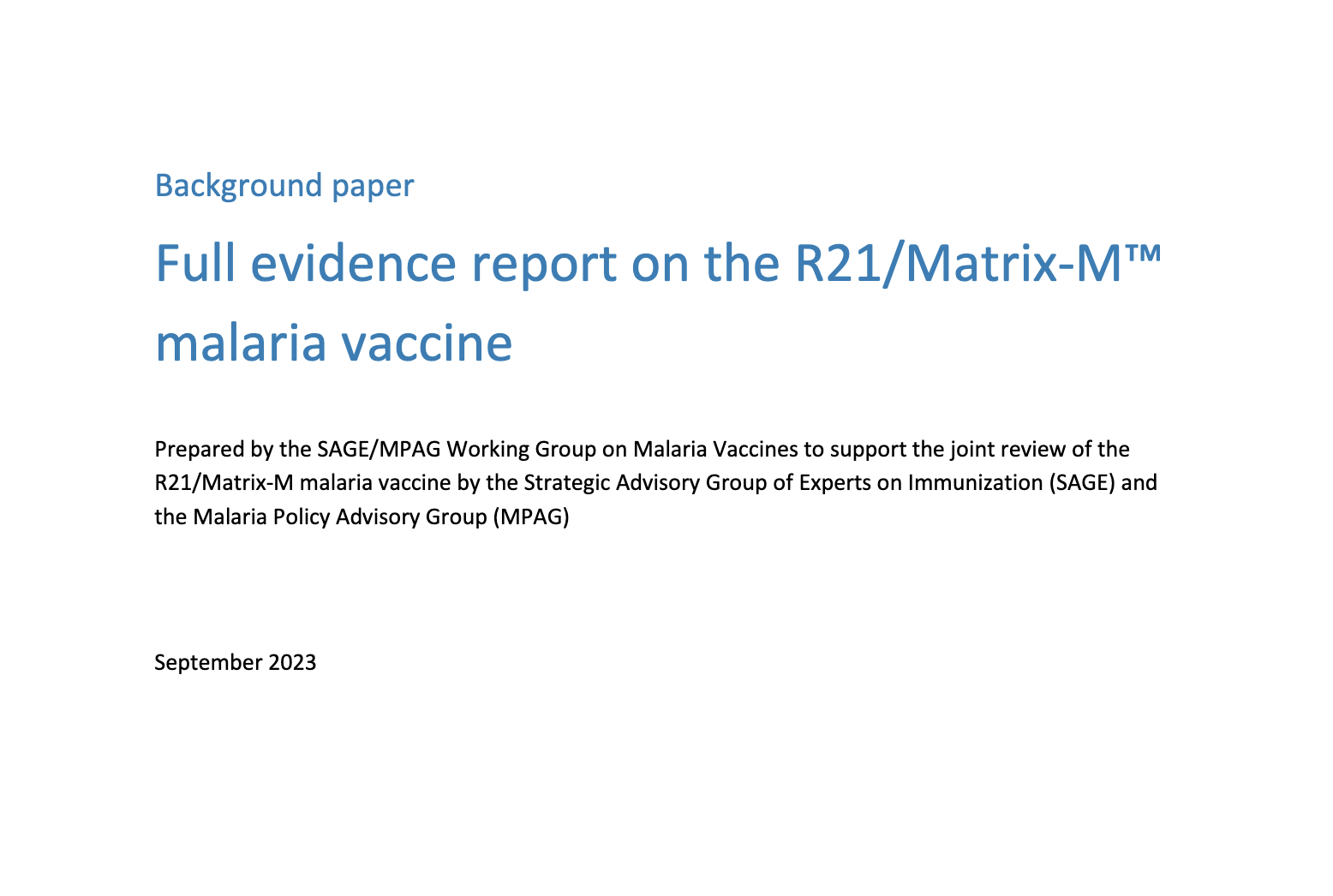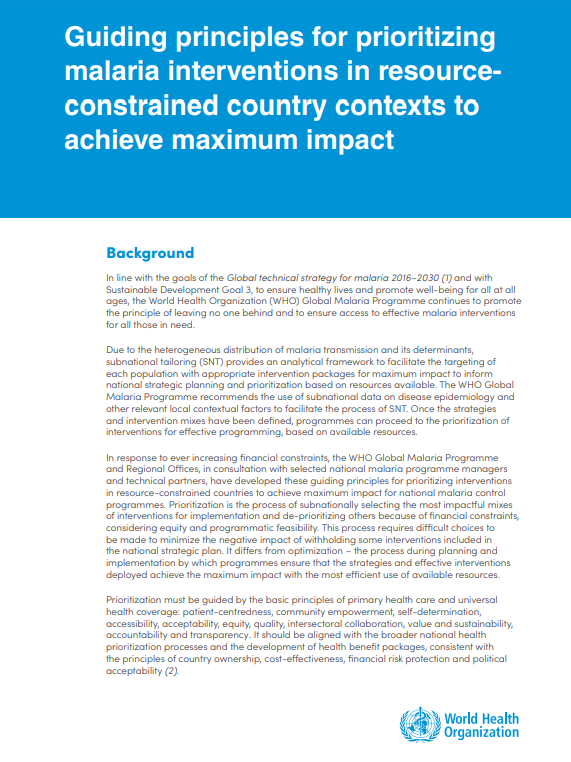ASTMH 2019, Joseph D. Challenger: “Understanding the processes governing the population-level impact of a transmission blocking vaccine against malaria in field trial settings”
Collaborator(s): Imperial College London, United Kingdom
Published: 23/11/2019
In collaboration with ASTMH, Image Audiovisuals, and session presenters, MESA brings you this webcast from the 68th ASTMH annual meeting in Maryland, November 2019.
Title: “Understanding the processes governing the population-level impact of a transmission blocking vaccine against malaria in field trial settings”
Speaker: Joseph D. Challenger, Imperial College London, London, United Kingdom
Session information:
November 23, 2019, 10:15 AM – 12:00 PM, Maryland B (Ballroom Level)
Abstract:
The transmission of malaria parasites from humans to the mosquito vector involves relativity small numbers of parasites and has long been viewed as a target for interrupting transmission. With this aim in mind, a number of vaccines are currently under development. We have developed a mathematical description of a vaccine for Plasmodium falciparum, targeting antigen Pfs230, based on trial data collected in Mali. Incorporating the vaccine into a widely-used model of malaria transmission allows us to estimate the population-level impact of the vaccine, as well as identify the key demographics to target in a vaccination campaign. As transmission-blocking interventions are commonly measured by a standard membrane feeding assay, we consider how best to translate transmission blocking and reducing activities into different measures of efficacy in clinical trial settings. Unlike conventional vaccines, a transmission blocking vaccine confers no direct individual-level protection against bites from infectious Anopheles mosquitoes so vaccine effectiveness will depend on clinical incidence in both vaccinated and unvaccinated individuals and their relative spatial distribution. A high degree of mixing between these sub-populations will lead to the vaccine-derived benefits being shared throughout the entire population. In contrast, in a scenario in which transmission is focal and vaccinated subjects cluster together, the impact will be focused upon the vaccinated population. Such effects, which we estimate with our model, must be appreciated to accurately assess the full impact of transmission blocking interventions.
THEMES: Vaccines



